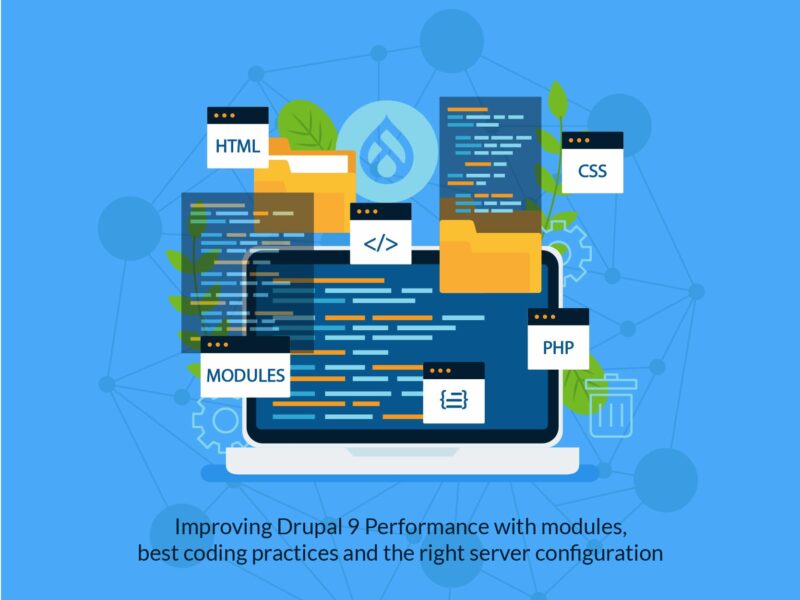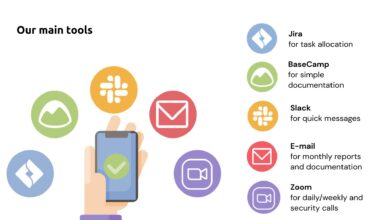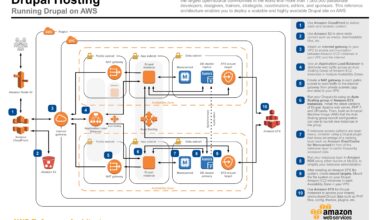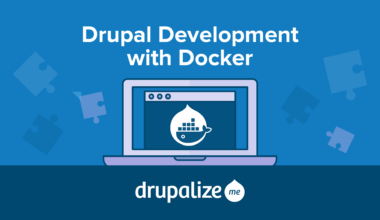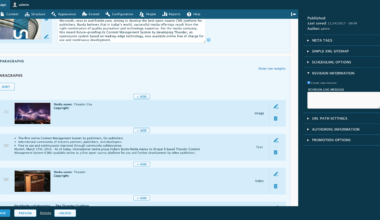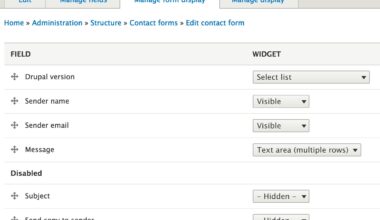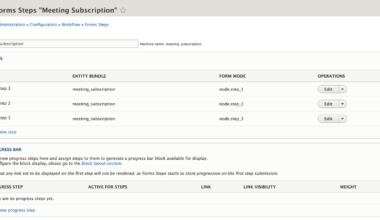Understanding Conversion Optimization
Conversion optimization is the process of improving your website’s ability to turn visitors into customers. It involves analyzing your website’s performance, identifying areas of improvement, and implementing changes to increase the likelihood of visitors taking desired actions. These actions may include making a purchase, filling out a form, downloading a resource, or any other desired outcome.
The ultimate goal of conversion optimization is to increase the conversion rate, which is the percentage of visitors who take the desired action. A higher conversion rate means more customers and more revenue for your business.
To optimize your Drupal website for conversions, it’s important to understand the factors that influence visitors’ decision-making process. These may include the website’s design, content, user experience, and overall messaging. By analyzing these factors, you can identify areas where improvements can be made to increase the conversion rate.
One common approach to conversion optimization is called A/B testing. This involves creating two versions of a webpage with different elements, such as headlines, images, or calls-to-action, and measuring which version performs better in terms of conversion rate. By testing different elements, you can identify what works best for your audience and implement those changes site-wide.
Another important aspect of conversion optimization is tracking and measuring success. This involves setting up analytics tools, such as Google Analytics, to track user behavior on your website. By monitoring metrics such as bounce rate, time on site, and conversion rate, you can identify areas for improvement and measure the impact of changes you have made.
Overall, conversion optimization is a crucial aspect of building a successful website. By understanding the factors that influence visitors’ decision-making process, implementing changes to improve the user experience, and tracking success, you can increase your website’s conversion rate and ultimately drive more revenue for your business.
Analyzing Drupal’s Conversion Potential
Now that we have a basic understanding of conversion optimization, let’s take a closer look at how we can analyze Drupal’s conversion potential. Drupal is a powerful content management system that can be optimized for conversions by implementing various techniques. Here are some steps you can take to analyze your Drupal website’s conversion potential:
1. Identify your website’s goals: Before you can optimize your Drupal website for conversions, you need to identify your website’s goals. These goals could be anything from increasing sales to generating leads. Once you have identified your goals, you can start to analyze your website’s performance in relation to those goals.
2. Conduct a website audit: Conducting a website audit is a great way to identify areas where your website can be improved. This could include analyzing your website’s design, content, user experience, and overall messaging. By analyzing these factors, you can identify areas where improvements can be made to increase the conversion rate.
3. Analyze website traffic: Analyzing your website’s traffic is an important part of understanding your website’s conversion potential. By analyzing metrics such as bounce rate, time on site, and conversion rate, you can identify areas for improvement and measure the impact of changes you have made.
4. Use heat maps: Heat maps are a great way to analyze how visitors interact with your website. By using heat maps, you can identify where visitors are clicking, how far they are scrolling, and which areas of your website are receiving the most attention.
5. Conduct user testing: Conducting user testing is a great way to understand how visitors interact with your website. By observing users as they navigate your website, you can identify areas where improvements can be made to increase the conversion rate.
By following these steps, you can gain a better understanding of your Drupal website’s conversion potential. Once you have identified areas for improvement, you can start to implement various techniques to optimize your Drupal website for conversions.
Implementing Conversion-Boosting Techniques on Drupal
Now that we have analyzed Drupal’s conversion potential, it’s time to implement some conversion-boosting techniques. Here are some ways to optimize your Drupal website for conversions:
1. Improve website speed: A slow website can be frustrating for visitors and can lead to a high bounce rate. Therefore, it’s important to optimize your Drupal website’s speed. This can be done by optimizing images, minimizing code, and using caching.
2. Use clear and concise messaging: Your website’s messaging should be clear and concise. This means using simple language and avoiding technical jargon. Visitors should be able to understand what your website is about and what actions they need to take.
3. Use compelling calls-to-action: Calls-to-action (CTAs) are an important part of conversion optimization. Your CTAs should be clear, concise, and compelling. They should tell visitors what action to take and what benefits they will receive.
4. Implement responsive design: Responsive design is a design approach that ensures your website looks great on all devices. This is important because more and more people are using mobile devices to browse the internet. By implementing responsive design, you can improve the user experience for mobile visitors and increase the likelihood of conversions.
5. Use social proof: Social proof is a powerful conversion-boosting technique. This involves using customer testimonials, reviews, and social media shares to show visitors that others have had a positive experience with your business. This can help to build trust and increase the likelihood of conversions.
6. Simplify forms: If you require visitors to fill out a form, it’s important to make the process as simple as possible. This means only asking for essential information and using a clear and simple form design.
By implementing these conversion-boosting techniques, you can increase the likelihood of visitors taking desired actions on your Drupal website. However, it’s important to remember that conversion optimization is an ongoing process. You should continue to test and measure the impact of changes you have made and make adjustments as necessary.
Testing and Measuring Conversion Success on Drupal
Once you have implemented conversion-boosting techniques on your Drupal website, it’s important to test and measure the success of these changes. This will help you to identify what works best for your audience and make adjustments as necessary. Here are some steps you can take to test and measure conversion success on Drupal:
1. Set up conversion tracking: In order to measure the success of your conversion optimization efforts, you need to set up conversion tracking. This involves setting up goals in Google Analytics or other analytics tools to track specific actions, such as form submissions or product purchases.
2. Conduct A/B testing: A/B testing is a powerful tool for measuring the impact of different website elements on conversion rate. By creating two versions of a webpage with different elements, such as headlines or calls-to-action, you can see which version performs better in terms of conversion rate.
3. Use heat maps: Heat maps are a great way to see how visitors interact with your website. By using heat maps, you can identify which areas of your website are receiving the most attention and make adjustments as necessary.
4. Monitor analytics metrics: Monitoring analytics metrics such as bounce rate, time on site, and conversion rate can help you to identify areas for improvement. By monitoring these metrics over time, you can see the impact of changes you have made and make adjustments as necessary.
5. Use user testing: User testing can help you to understand how visitors interact with your website and identify areas for improvement. By observing users as they navigate your website, you can see where they get stuck or confused and make adjustments as necessary.
By testing and measuring conversion success on Drupal, you can identify what works best for your audience and make adjustments as necessary. It’s important to remember that conversion optimization is an ongoing process. You should continue to test and measure the impact of changes you have made and make adjustments as necessary to optimize your Drupal website for conversions.
In conclusion, optimizing your Drupal website for conversions is crucial for building a successful online business. By understanding conversion optimization, analyzing Drupal’s conversion potential, implementing conversion-boosting techniques, and testing and measuring conversion success, you can increase the likelihood of visitors taking desired actions on your website. It’s important to remember that conversion optimization is an ongoing process and requires continuous effort and adjustment to see the best results.
Final Thought: The Importance of Continuous Optimization
Optimizing your Drupal website for conversions is not a one-time process, but rather an ongoing effort. Continuous optimization is crucial for ensuring that your website is always performing at its best and driving the most revenue for your business. Here are some reasons why continuous optimization is important:
1. User behavior changes: User behavior is constantly evolving, and what works today may not work tomorrow. By continuously monitoring user behavior and making adjustments as necessary, you can ensure that your website is always meeting the needs of your audience.
2. Technology changes: Technology is constantly evolving, and new tools and techniques are emerging all the time. By staying up-to-date with the latest trends and technologies, you can ensure that your website is always using the most effective tools for conversion optimization.
3. Competition increases: As more businesses move online, competition is increasing. By continuously optimizing your Drupal website for conversions, you can stay ahead of the competition and ensure that your website is always driving the most revenue for your business.
4. Customer needs change: Customer needs and preferences are always changing. By continuously monitoring customer feedback and making adjustments as necessary, you can ensure that your website is always meeting the needs of your audience.
In order to ensure continuous optimization of your Drupal website for conversions, it’s important to establish a process for testing, measuring, and making adjustments. This could include conducting regular A/B tests, monitoring website analytics, and soliciting customer feedback. By making continuous optimization a priority, you can ensure that your Drupal website is always driving the most revenue for your business and providing the best possible user experience for your audience.
In conclusion, optimizing your Drupal website for conversions is a crucial aspect of building a successful online business. By understanding conversion optimization, analyzing Drupal’s conversion potential, implementing conversion-boosting techniques, and testing and measuring conversion success, you can increase the likelihood of visitors taking desired actions on your website. However, it’s important to remember that conversion optimization is an ongoing process that requires continuous effort and adjustment. By making continuous optimization a priority, you can ensure that your Drupal website is always performing at its best and driving the most revenue for your business.
